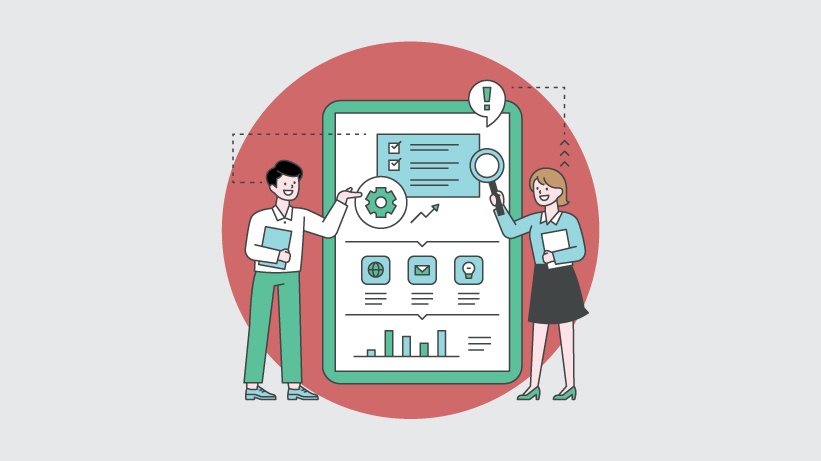Improve Workplace Performance Using An Efficient Mobile Learning Management System
Training is a process by which a learner’s knowledge is strengthened, thereby enabling the learner to experience a holistic development in their personality. In today’s mobile learning environment, the use of personalized mobile devices such as smartphones and tablets has exponentially increased. For successful integration of mobile learning into a traditional classroom environment, it is essential for learners to have their own mobile device equipped with wireless technology to impart effective eLearning solutions. To attain optimal engagement, learners have to explore different eCourses and additional training resources using their mobile devices. The key reason why organizations choose mobile learning is its ease to deliver content via a Learning Management System. Custom eCourses can be developed in smaller chunks, in the form of videos, infographics, podcasts, quizzes, PowerPoint slides and more. Organizations can record information on a mobile device, upload it to the LMS and then align training as per the pertinent needs of learners.
An efficient mobile Learning Management System is a boon for the organizations that prefer learning on-the-go, saving a lot of time and effort by providing learning anytime and anywhere. The complete framework of mobile LMS comprises 3 modules: content, learning, and evaluation.
1. Content Module
This module uses 5 different kinds of tools for development, management, distribution, collaboration and, delivery. Using the development tool, content is created using text, images, audios and, animations. The majority of content types comprise of text in PDF or word, audio in MP3 or WAV, graphics in JPEG, animations in Flash and more. Mobile-enabled content can also be delivered in the form of text, images, or animations. Management tools help effectively store, retrieve and access the training content which can be imported or exported. To disseminate content through web servers and database servers, a distribution tool is used. Using database servers, learners can access their training schedule, personal details and more. While the web servers help learners download eCourses, assignments and, videos. The content stored in databases can be shared with others using a collaboration tool. Lastly, the delivery tool acts as a mobile content which is imparted through varied mobile devices such as tablets, PDAs, smartphones, and more.
2. Learning Module
Learning can be classified into 2 ways: behaviorism and constructivism. The former method states that learning is a change in behavior which can be further assessed. The latter method is mainly adopted for corporate training as it focuses on educating learners on developing their skills or behaviors effectively. Constructivism is a method in which learners construct new ideas based on their past and current knowledge level. In this module, trainers can conduct online tests, quizzes, and assessments for diverse audiences. Learners can access these tests, training curriculum, and schedules on their personalized mobile devices, without any hassle of going anywhere. This leads to a personalized learning experience which enhances problem-solving skills and knowledge competency. Through this module, the mobile LMS can boost employee performance, efficiency, and knowledge-sharing to learners.
3. Evaluation module
Mobile learning can be categorized as a form of performance support and as effective communication that creates knowledge. In mobile-based Performance Support Systems, eLearning solutions integrate mobile devices with the actual work to help the learners perform a specific task by providing relevant learning experiences whenever and wherever needed. mLearning as communication signifies the collaboration between training experts and learners. Using a wireless network via a mobile device aids the learners to access online courses anytime and anywhere. Trainers evaluate learners’ knowledge level to analyze their workplace performance and skills. This module helps the learners get instant feedback, which helps them to self-evaluate their performance and work on their weak areas.
So, we discussed different modules of a mobile LMS [1], highlighting the significance of content development, distribution, and collaboration during a learning process. Today’s tech-savvy generation uses smartphones, laptops and, tablets to access content in the form of interactive images and videos. Undoubtedly, an efficient mobile Learning Management System aids the learners to collaborate through online and offline communications among the learners and organizations. As a result, learners can boost their performance level and gain longer knowledge retention through learning and evaluation modules.
References:
Suggested further reading:
The Framework Design of Mobile Learning Management System









